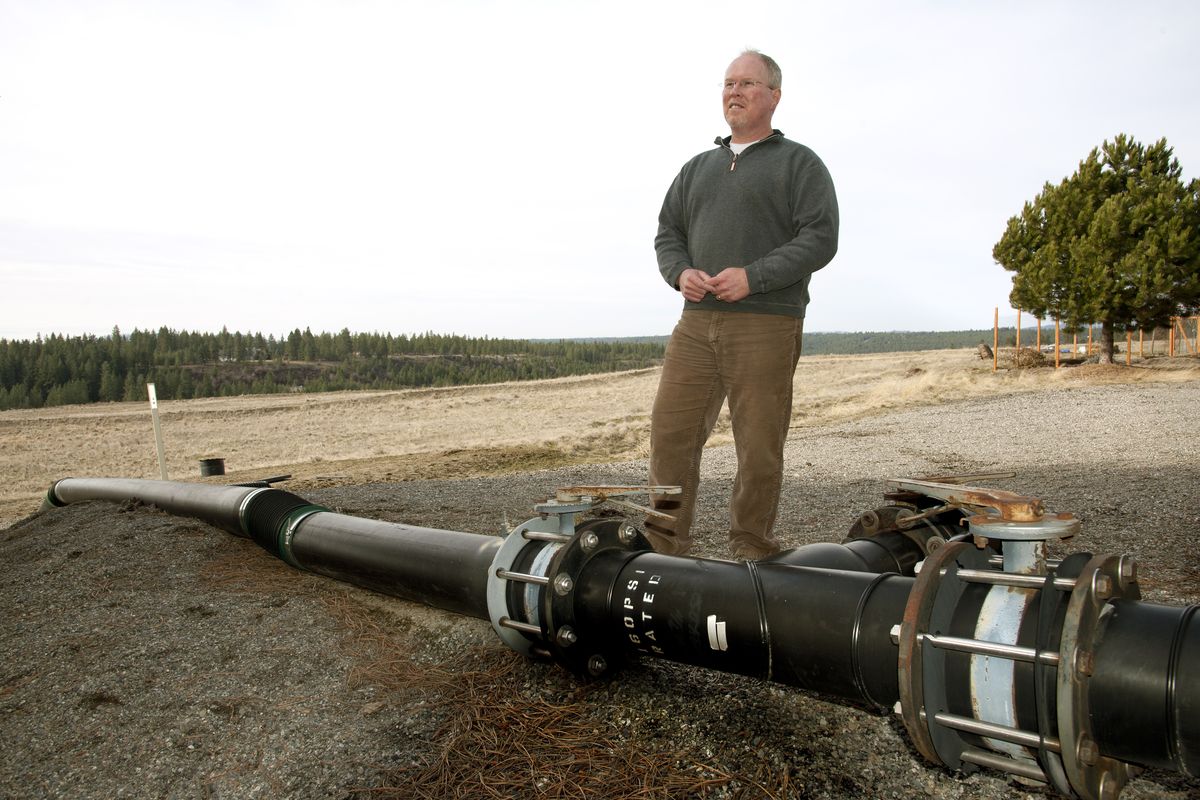Officials seek alternatives to burning off landfill’s methane output

As the innards of Spokane’s Southside Landfill continue to break down, it is producing less methane.
That’s a positive and expected development. It’s also a problem as city officials try to maintain a flame that destroys the methane as well as other, potentially more harmful substances released by the landfill.
The Southside Landfill near 65th Avenue and Regal Street was purchased by the city in 1960 and expanded in 1976 and 1982. As the city and Spokane County created a regional trash system that burns its garbage in the Waste-to-Energy Plant, municipal and county landfills were closed. Only a portion of the Northside Landfill remains open to serve as a backup for the incinerator.
When Southside was closed in 1987, a plastic lining was placed over it to prevent rain from soaking in and carrying toxics offsite. The lining was covered with dirt. A piping system attached to a blower sends methane and other landfill gases to burn in an enclosed flame.
“After 25 years, the methane production is getting spotty,” said Scott Windsor, the city’s solid waste director.
Methane production has fallen so much that the flame goes out two or three times a week, said Rich Hansen, a senior engineer who oversees the city’s two landfills.
The decline was predicted. Production of landfill gas was estimated to peak soon after closure at nearly 130 cubic feet per minute, according to a closure study completed by CH2M Hill. That was estimated to have fallen to just over 20 cubic feet per minute this year.
“It’s running the standard course,” said Wayne Krafft, manager of the Department of Ecology’s Waste to Resources Program.
In 2011, the city asked the Spokane Regional Clean Air Agency for permission to stop burning the landfill gases as a result of the significant decline. The agency has asked the city to instead consider a new system to deal with the remaining gas.
Last month, the Spokane City Council approved a $16,000 contract with HDR Engineering to study replacing the flame with a “biofilter.”
“The alternative would be to add propane to keep the flame going,” Windsor said.
Windsor said the system essentially could be like pumping the landfill gas “through a box of wood chips.” Microbes in the organic matter would break down the landfill gas.
The biofilter concept is relatively new and isn’t used at any other Spokane County landfill.
“It’s a fairly innovative idea,” Krafft said.
City officials say the trash that went to the landfill mostly came from residences on the South Hill. Because most of the city’s commercial and industrial areas are in the central or north part of town, the south landfill doesn’t have as many toxic problems as the Northside Landfill or some others in Spokane County.
But that doesn’t mean the Southside Landfill, which is adjacent to Mullan Road Elementary School, is without environmental issues.
In 2011, the Spokane Regional Clean Air Agency fined the city $2,000 for not burning the landfill flame hot enough. Because the fire wasn’t burning as hot as the 1,500-degree required temperature, regulators said, more harmful substances likely were released into the air.
City officials responded that the flare was set to a lower temperature because of “inconsistent flare operations” due in part to low methane, according to agency files. They said it was not the city’s intent to circumvent rules and that the temperature was increased once the problem was discovered by regulators.